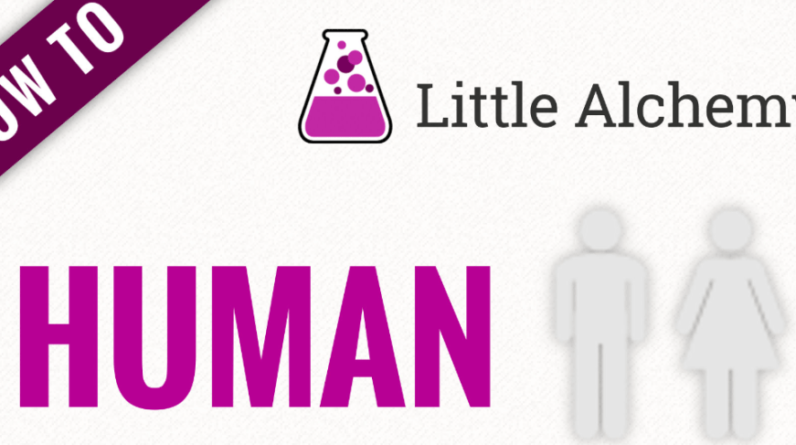
Have you ever wondered, “What exactly is a fire?” We all know that fire is something that burns and produces heat and light, but how does it actually work? In this article, we’ll delve into the fascinating world of fire, exploring its basic components and the science behind its creation. So, get ready to learn more about this elemental force that has been both a crucial tool and a source of wonder for humanity throughout history.
When we think of fire, we often envision a blazing campfire or a flickering candle, but what exactly is happening when flames dance and glow? At its core, fire is a chemical reaction known as combustion. It occurs when three essential elements come together: fuel, heat, and oxygen. Fuel can be anything that is flammable, such as wood, paper, or gasoline. Heat is the energy required to initiate the reaction, while oxygen is the crucial ingredient that allows the fire to sustain itself. When these three elements combine in the right conditions, a fire is born.
In the following sections, we’ll delve deeper into the fascinating world of fire. You’ll learn about the different types of fuels, the stages of a fire, and the role of heat in combustion. We’ll also explore safety precautions and practical tips for building and extinguishing fires. By gaining a comprehensive understanding of fire, you’ll not only satisfy your curiosity but also equip yourself with valuable knowledge that can come in handy in various situations. So, let’s dive in and discover the secrets of this captivating phenomenon!
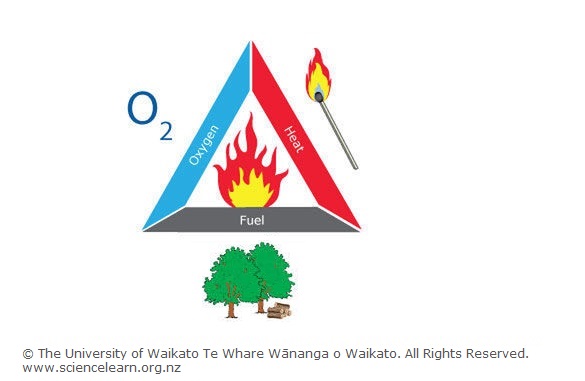
Table of Contents
Introduction
Fires have been a part of our lives since ancient times. They are fascinating and powerful, yet can also be destructive and dangerous. But what exactly is a fire? In this article, we will explore the definition, properties, elements required, stages, behavior, safety measures, causes, effects, and firefighting techniques related to fire.
Definition of Fire
Before we delve deeper into the subject, let’s start with a definition of fire. Fire is a chemical reaction that occurs between oxygen and a fuel source, resulting in the release of heat, light, and various combustion products. This reaction is known as combustion and is characterized by the rapid oxidation process of the fuel.
Properties of Fire
To better understand fire, it is essential to examine its main properties, which include heat production, combustion, and oxidation process.
Heat Production
One of the distinct characteristics of fire is its ability to generate heat. The heat produced during the combustion process is directly proportional to the amount of fuel and oxygen available. Heat is essential for sustaining the fire and promoting the chemical reaction to continue.
Combustion
Combustion is the chemical reaction that occurs when fuel and oxygen combine to release energy in the form of heat and light. This reaction requires three components known as the fire triangle: heat, fuel, and oxygen. Without any of these elements, combustion cannot take place.
Oxidation Process
The oxidation process is a key component of fire. It involves the reaction between oxygen and the fuel source, resulting in the release of energy. The oxidation process also produces various by-products such as carbon dioxide, water vapor, and smoke.
Elements Required for Fire
To sustain a fire, three elements are essential: heat, fuel, and oxygen. Without any of these elements, a fire cannot start or continue burning.
Heat
Heat is the initial element required to initiate a fire. It provides the energy needed to increase the temperature of the fuel until it reaches its ignition point, the temperature at which it can sustain combustion.
Fuel
Fuel is the material that undergoes combustion in a fire. It can be solid, liquid, or gas, and different types of fuel have different ignition points and burning characteristics. Common examples of fuel include wood, paper, gasoline, and natural gas.
Oxygen
Oxygen is necessary for fire to occur. It is the oxidizing agent that reacts with the fuel, causing the release of heat and combustion products. Without oxygen, the fire cannot continue to burn.
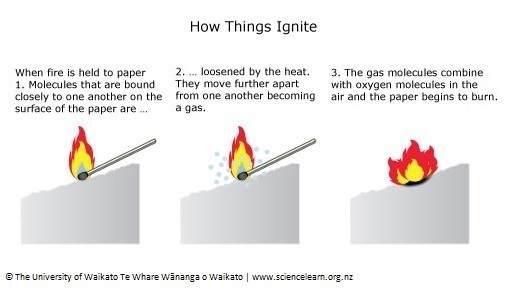
Stages of Fire
Fires progress through different stages, each with distinct characteristics. These stages include ignition, propagation, and extinction.
Ignition
The ignition stage is when heat, fuel, and oxygen combine to initiate a fire. Once the fuel reaches its ignition point and is exposed to sufficient oxygen, combustion begins.
Propagation
During the propagation stage, the fire consumes fuel and releases heat and combustion products. The fire spreads and intensifies, fueled by the available oxygen and fuel sources.
Extinction
The extinction stage occurs when the fire is suppressed or extinguished. This can happen naturally as the fuel or oxygen is depleted, or it can be achieved through firefighting measures.
Fire Behavior
Understanding fire behavior is crucial for effective fire management and prevention. Flame chemistry, heat transfer, and fire spread are three key aspects of fire behavior.
Flame Chemistry
Flames are the visible manifestation of a fire’s combustion process. The colors, intensity, and shape of flames can provide insights into the characteristics of the fire. Flame chemistry studies the chemical reactions occurring within the flame and their influence on fire behavior.
Heat Transfer
Heat transfer plays a significant role in fire behavior. It involves the transfer of heat from the fire source to the surrounding environment through conduction, convection, and radiation. Understanding heat transfer mechanisms helps in predicting fire spread and developing effective firefighting strategies.
Fire Spread
Fire, if left unchecked, can rapidly spread and cause extensive damage. Factors such as fuel availability, wind direction, slope, and weather conditions influence fire spread. Identifying patterns of fire spread is essential for assessing risk and implementing appropriate control measures.
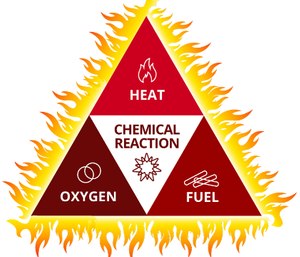
Fire Safety Measures
Given the potential dangers associated with fire, various safety measures are implemented to prevent, detect, and extinguish fires.
Fire Prevention
Fire prevention aims to minimize the risk of fires occurring. It involves implementing strategies such as proper storage and handling of flammable materials, regular maintenance and inspection of electrical systems, and educating individuals about fire safety practices.
Fire Detection
Detecting fires early is crucial in minimizing damage and ensuring the safety of individuals. Smoke detectors, heat detectors, and fire alarm systems are examples of fire detection measures. They alert occupants and initiate evacuation or fire suppression procedures.
Fire Extinguishing
When fires do occur, immediate action is needed to extinguish them. Fire extinguishing techniques vary depending on the type and size of the fire. Water-based fire suppression, chemical fire suppressants, and firefighting equipment such as fire extinguishers and hoses are utilized to control and extinguish fires effectively.
Causes of Fire
Fires can have various causes, including human factors, natural causes, and industrial hazards.
Human Factors
Human activities, such as careless handling of flammable materials, smoking, arson, or electrical malfunctions, can lead to fires. Ignorance, negligence, and improper use of equipment or appliances can also contribute to fire incidents.
Natural Causes
Natural causes of fire include lightning strikes, volcanic eruptions, and the spontaneous combustion of organic materials under certain conditions. These natural events can ignite fires in vegetation, buildings, or other combustible structures.
Industrial Hazards
Industries that handle hazardous materials or operate in high-risk environments can be susceptible to fires caused by equipment failures, chemical reactions, or explosions. Special precautions, such as implementing safety protocols and training employees, are necessary to mitigate such risks.

Effects of Fire
Fires can have significant and wide-ranging effects on the environment, structures, and lives.
Environmental Impact
Large fires can devastate ecosystems, destroy habitats, and result in the loss of biodiversity. The emission of greenhouse gases and pollutants during a fire can contribute to air pollution and have long-lasting environmental consequences.
Structural Damage
Fires can cause extensive damage to buildings, infrastructure, and other structures. The heat generated during a fire weakens materials and can result in the collapse of structures. Smoke, soot, and water used for firefighting can also cause secondary damage.
Loss of Lives
Perhaps the most tragic consequence of fire is the loss of human lives. In addition to direct injuries and fatalities, fires can lead to the displacement of individuals, psychological trauma, and long-term health issues for survivors.
Firefighting Techniques
Firefighting techniques are employed to control and extinguish fires effectively, minimizing the associated risks and damage.
Water-based Fire Suppression
Water is one of the most commonly used fire suppression agents. It cools the fuel and reduces the temperature, thereby interrupting the combustion process. Water can be delivered through hoses, sprinkler systems, or specialized equipment.
Chemical Fire Suppressants
Chemical fire suppressants, such as foam or dry chemical agents, can be used to smother fires and interrupt the combustion process. These substances create a barrier between the fuel and the oxygen, effectively suppressing the flames.
Firefighting Equipment
Firefighting equipment includes tools such as fire extinguishers, fire hoses, and personal protective gear for firefighters. These equipment and gear enable firefighters to safely approach, control, and extinguish fires.
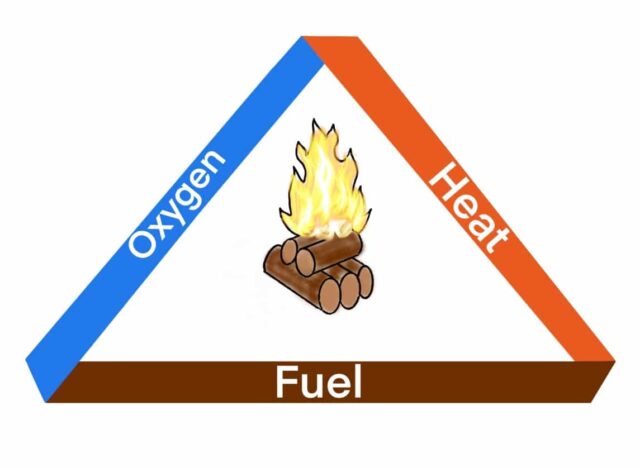
Conclusion
Fires are a natural element that humans have learned to harness while also needing to protect themselves from its destructive potential. Understanding the properties, elements, stages, behavior, safety measures, causes, effects, and firefighting techniques related to fire allows us to prevent, detect, and respond effectively to fire incidents. By prioritizing fire safety practices and measures, we can ensure the well-being of individuals and protect our environment and structures from the devastating consequences of fire.


